I’ve travelled rather more widely during this curfew than you might expect. It matters not that I only leave the house to walk the dog, replenish the cupboards or sometimes ferry our daughter to her hospital treatments. Even those journeys are more than most may be able to do.
My Fitbit encourages me with milestone reminders that are a disinformation of virtual comparisons. I’ve never walked the length of India or chased Monarch butterflies in migration. I suppose I have ascended to the clouds, not so often on foot as in planes. But I can’t ever wear the ruby slippers earned this time last year on a 50 km hike across the Dublin Mountains Way. That’s a walk memorialised by real effort, actual pain, wonderful exhilaration, some boredom, wind driven chill, magnificent views and the stupidity of postponed toilet breaks. And yet, here I am, writing about ‘badges’ and showing my version of them as a virtual walker’s map depicted in iPhone photo ‘badges’.
All photographs © Simon Robinson
The map was never the walk. Antithetically, neither accuracy nor objectivity are represented in maps. Maps are simply symbols, maybe even oxymoronic given they are reliably inaccurate: area preserved means distance sacrificed. Jerry Brotton illustrated cartographic compromises and perspectives in A History of the World in Twelve Maps in 2012. I recommend it if only because I went to Hereford to see mappamundi a year before and again, a year after I read his book. The key is that map is history not geography. Oddly, it took a philosopher, Alfred Korzybski, to finally popularise ‘the map is not the territory’ concept and that was in the 1940s. We philosophised about ‘map’ and ‘territory’ at work because the map is a primary tool in geoscience, albeit a distant second to PowerPoint. As one senior executive put it: ‘Never put anything on a map you don’t believe’ (and there’s a story there for another day). Faith-based mapping was a tough construct to grasp amidst the scientific rigours of peer assists and expert reviews that served to mitigate the risk of over-enthusiam for a prospect. And yet it required considerable faith to allocate vast funds to drill a hole in 4 km of water and continue down through another 4 km of rock with barely a 5% chance of making a return on the investment. Maps represent constraint but remember:
‘the line which says woodland and cries hunger …
… will not be there’
That the Science of Cartography is Limited by Eavan Boland
I have cameras and lenses with which to exploit the present curfew constraints that serve to enhance my creativity. The lone tulip has been in bloom for three weeks. Yesterday, a gust opened it and I came to better understand the term ‘blown’ for flowers. On inspection, I found a tiny spider in residence. I acted quickly, without tripod or additional lighting, capturing several spider-in-tulip images with a macro lens before the moment passed.
It’s nice to know there are small spiders in the garden. And to be taking virtual continental walks on my computer. Additionally, I have shelves of books to traverse where I have found there to be many more delights and mysteries than regrets. I have re-found myself, becoming comfortable journaling. And I’ve been getting feedback that feeds back ideas to explore. The surprise at receiving comments has been doubled by the number of references to poetry. Perhaps I shouldn’t be surprised because poetry matters to me too.
“Brings me back to my search for wells in the 1990s.”
― Louth Poet
“Seamus Heaney’s poem on parenting clearly, and darkly, applies.”
― Munster Supporter
“Here is a poem written by an Irish poet, Kathleen O’Meara”
― Wicklow Planter
“A poem that comes to mind, reading about your travels in Niger and your musing on maps, is Eavan Boland’s ‘The Science of Cartography is Limited’.”
― Dublin Benefactor
H.V. Morton wrote his dubious travel guide In Search of Ireland in 1929, the year my father was born. Morton seemed to struggle with Ireland not being Britain while trying to show how Ireland wasn’t British. However he recognised that: ‘There is something in a minor key that a man never quite hears. Perhaps no stranger ever hears it.’
He went on to write: ‘At night I took out the books I carry with me and looked through the few books of Irish verse in the hope of finding something that might help me to explain the feeling which is so vague and difficult to put into words that I fear few people without a dash of Celtic blood in them will be able to understand a word of it. And I found in the few Irish poems I had with me an interesting insistence on the sounds of Ireland. Synge in particular describes a landscape ever and again in terms of sound.’
A gift of potted sweetpea sprouts from Wicklow Planter reminded me of Seamus Heaney’s Station Island collection and the poem Sweetpea. ‘Stuck a feather in the ground and thought it would grow a hen’. Then Wicklow Planter’s hens eggs hatched and with these words, I saw global pandemic management masquerades. Forgive my scepticism but what was the instant hospital trope? Many were built though insufficiently staffed. And the celebrated closures on prime-time TV were indecently soon afterwards and looked more like give-the-public-something-to-clap-about celebrations. Heaney’s Sweetpea remains inciteful 35 years on.
Adapting Heaney’s words, I love that we too have pens ‘snug as a gun’ for ’digging’. I see poets as ‘heaving sods’ of ideas into ricks, creating batteries of ricks as energy for others to use as and when they need. Sometimes you’d wish the poets could retain some of that energy and last that bit longer.
Eavan Boland died yesterday. Lia Mills has posted some warm, personal insights here. It’s seven days since I was pointed to Boland’s poems on a shelf not five metres from me. I’d never read In A Time of Violence nor ‘The Science of Cartography is Limited’. I’ve since read the whole collection. I had longsince read Outside History and reread it this morning. I recalled ‘In Exile’ and ‘ … German girls … spoke no English … sisters from a ruined city … guttural, hurt to the quick’ influencing Boland where ‘forty years on … in this scalding air … my speech will not heal’.
And from A Woman Painted on a Leaf:
‘This is not my face. Neither did I draw it’
Another map that is not the territory.
‘I want a poem
I can grow old in.’
Her own aging and death foreseen.
I have faith in poetry and equally that our future will be the past of more people like her because of her.

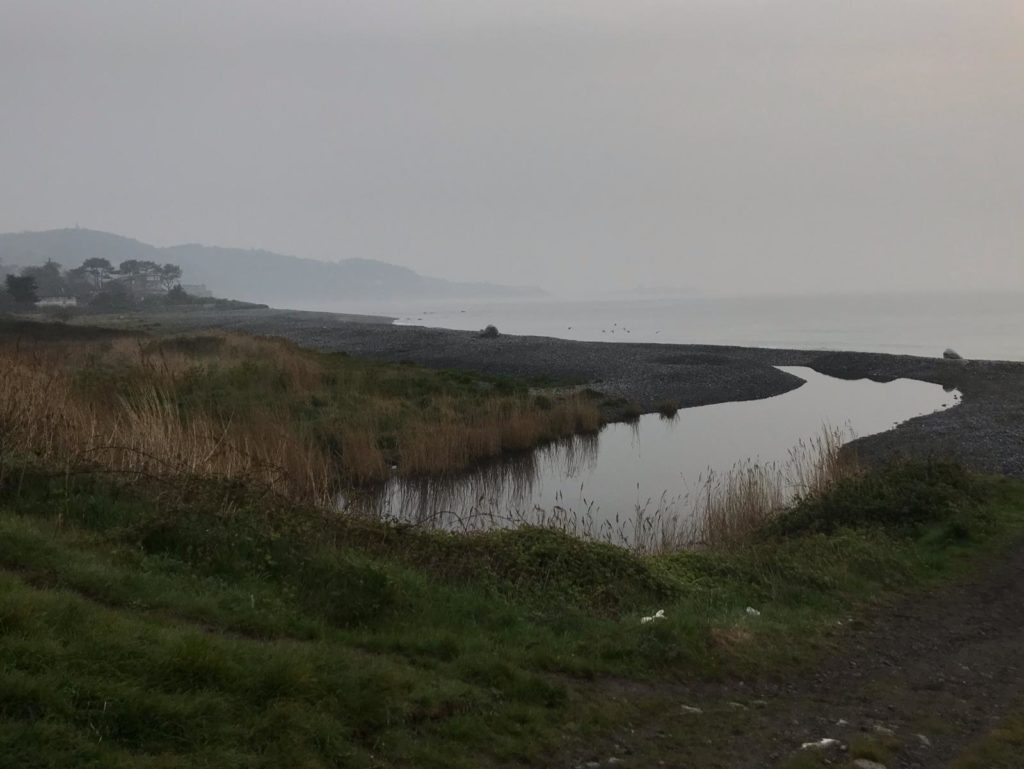
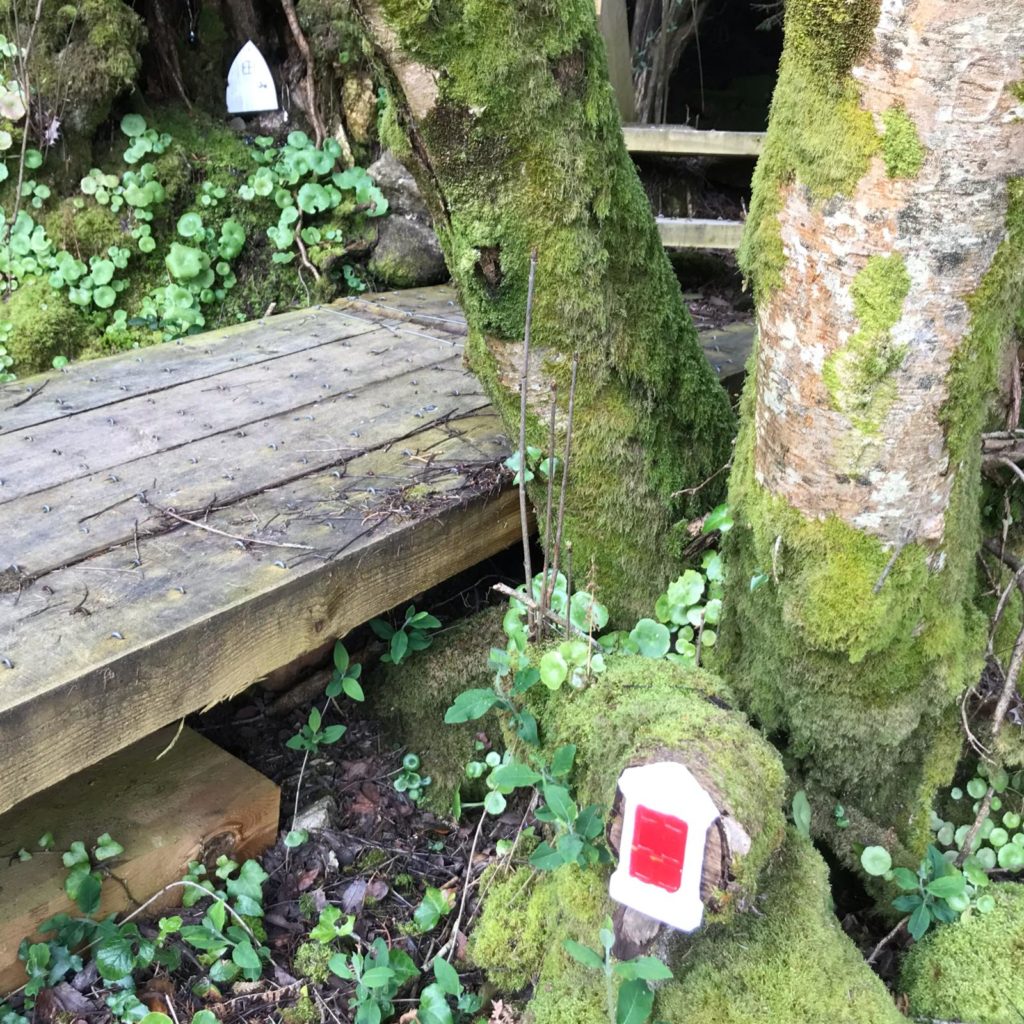
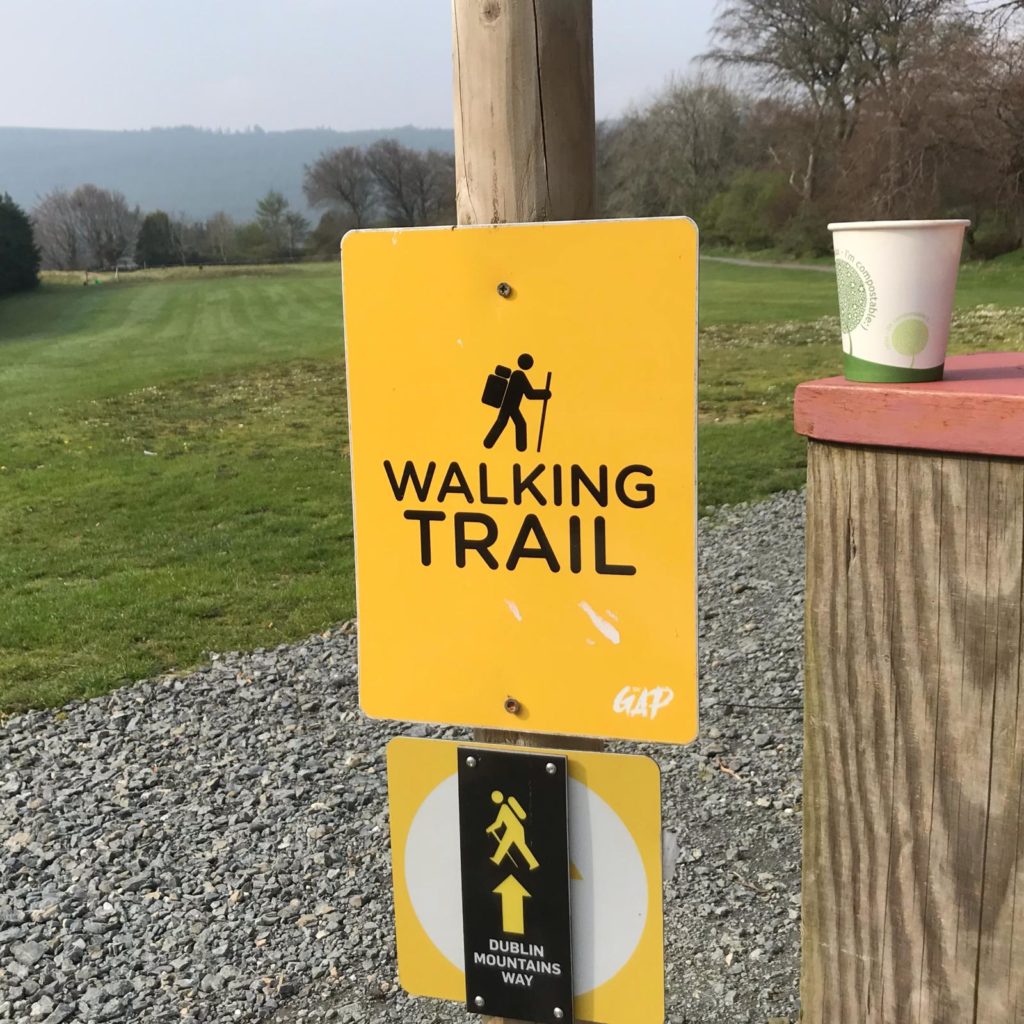
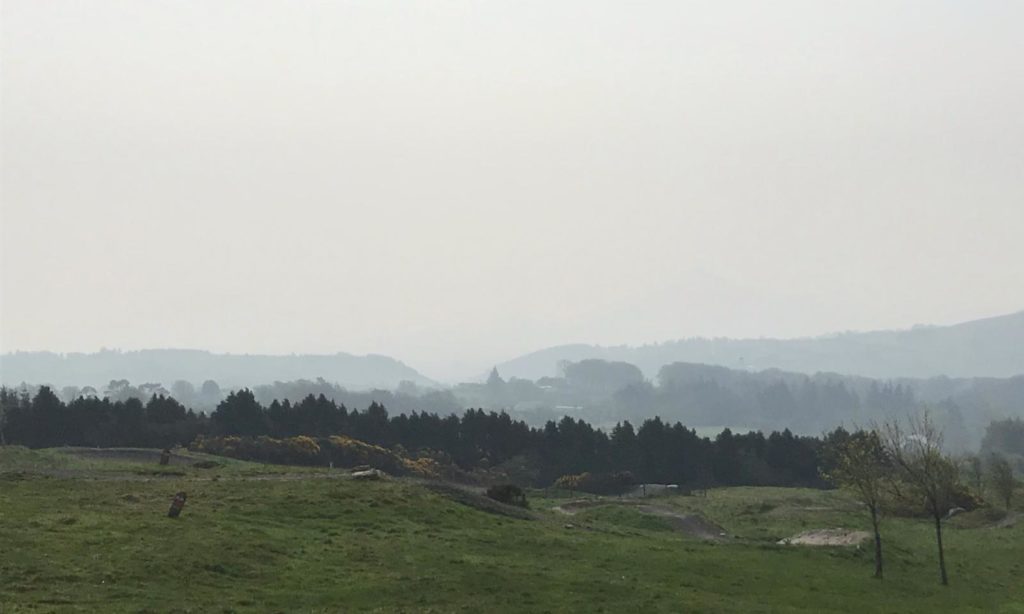
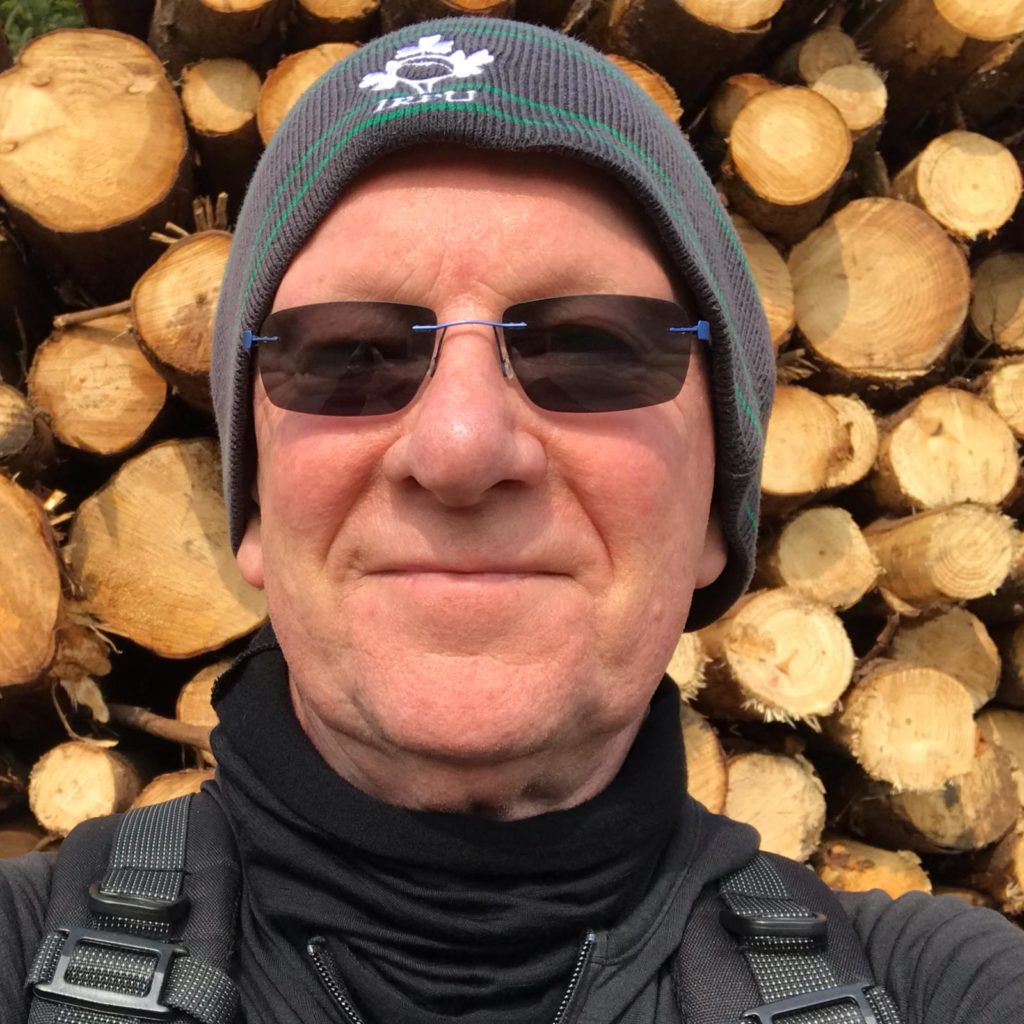
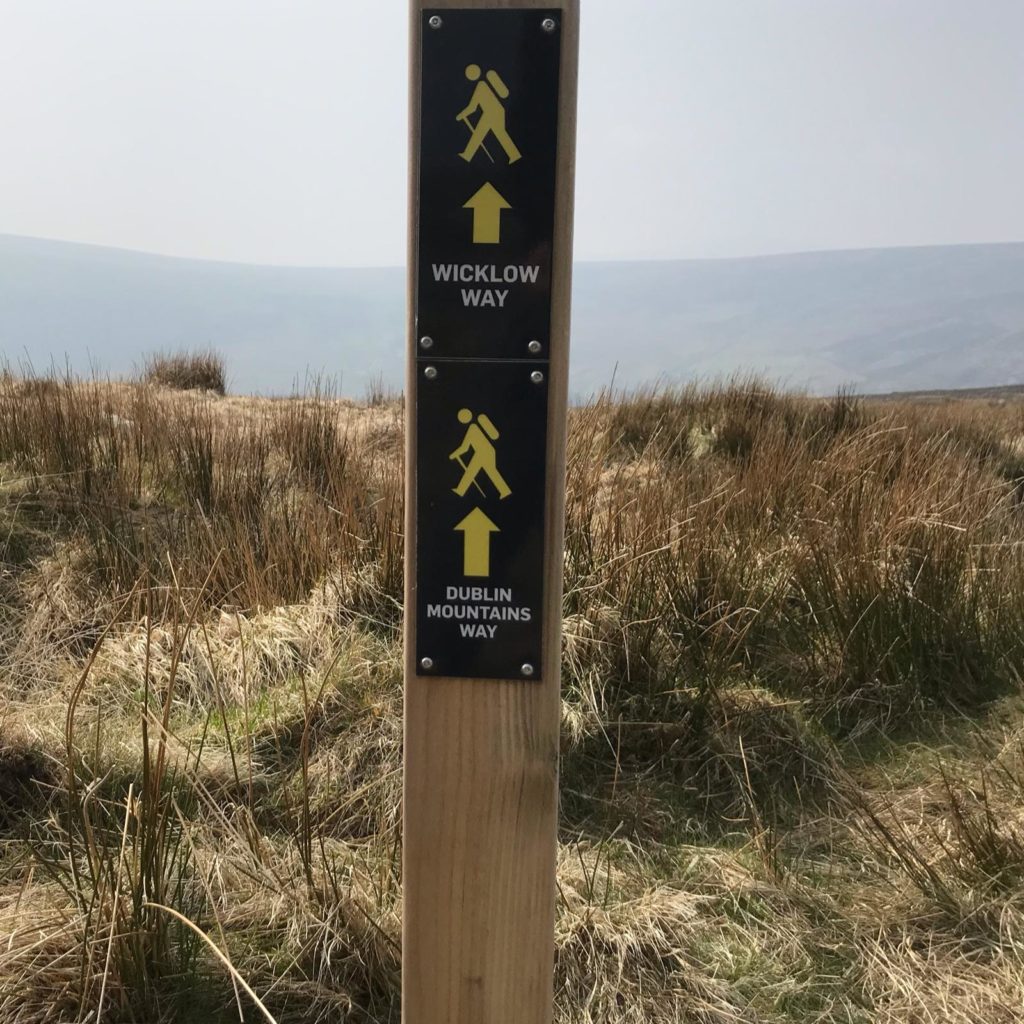
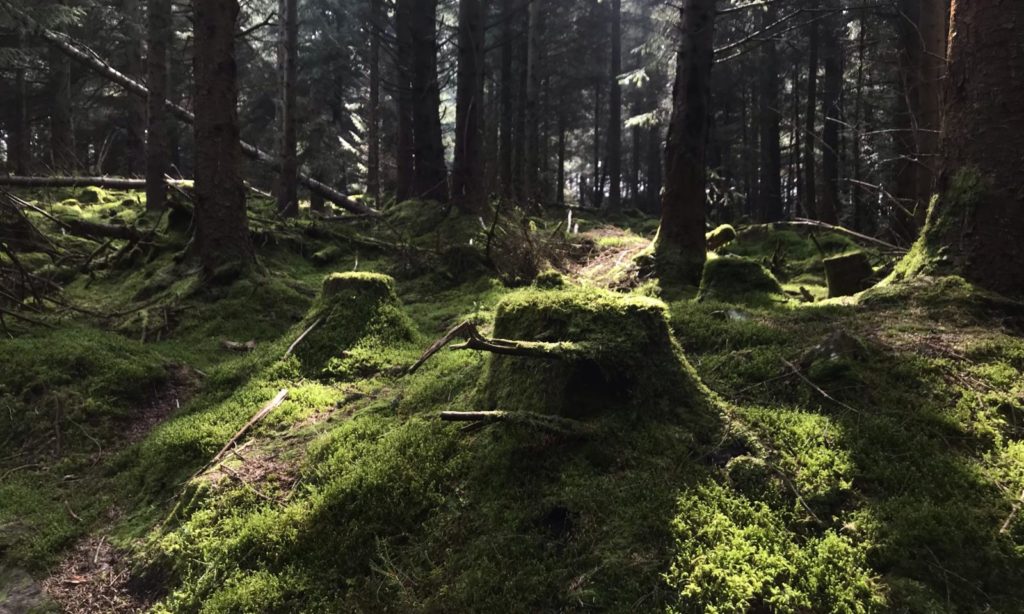
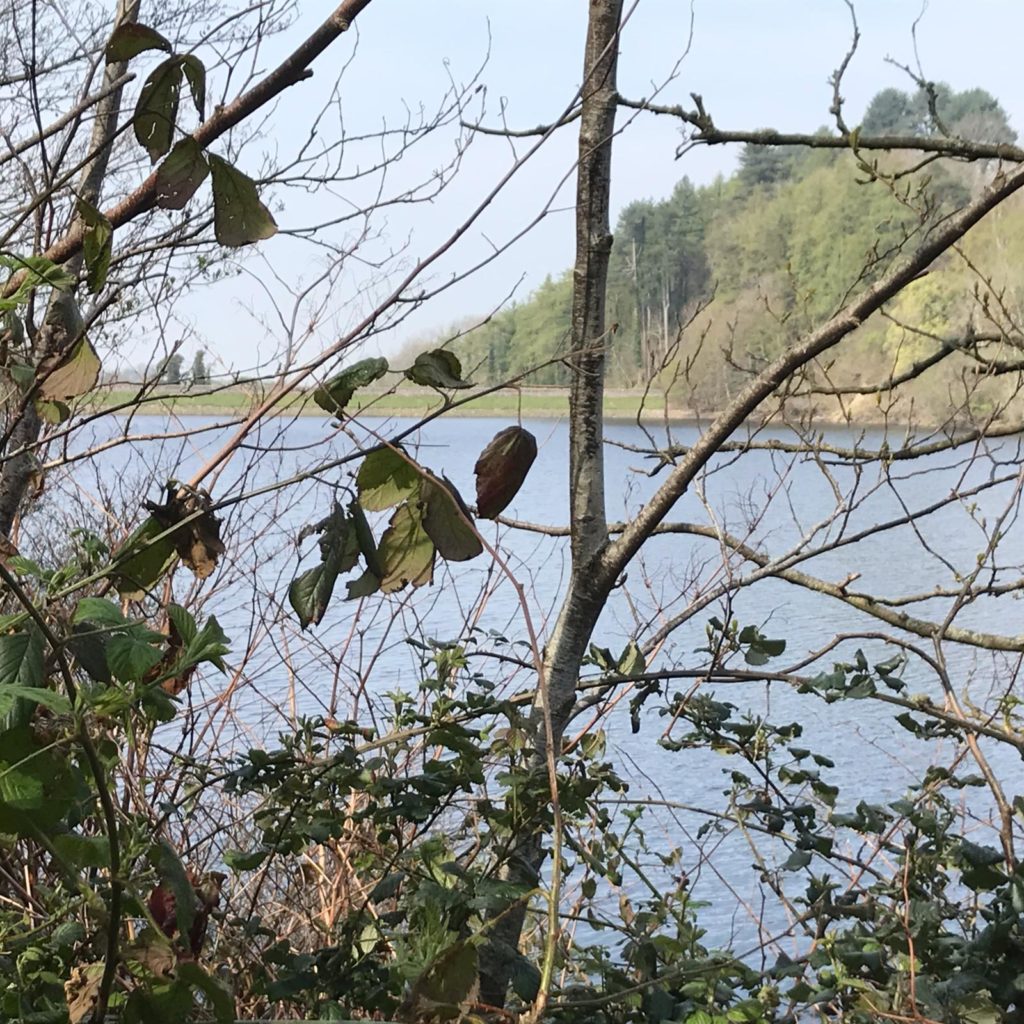
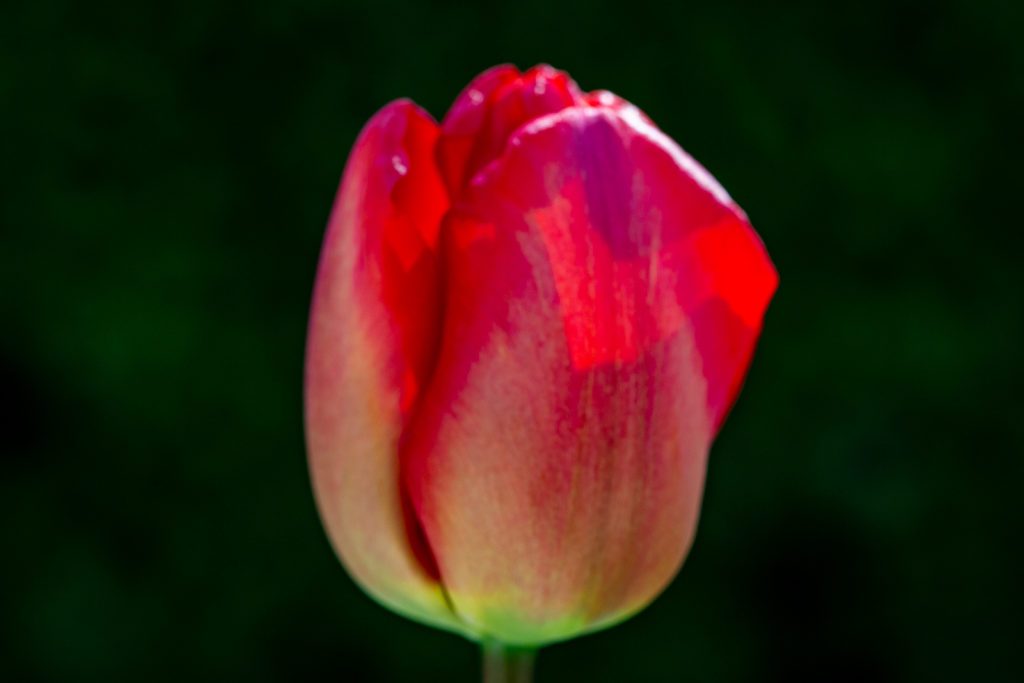
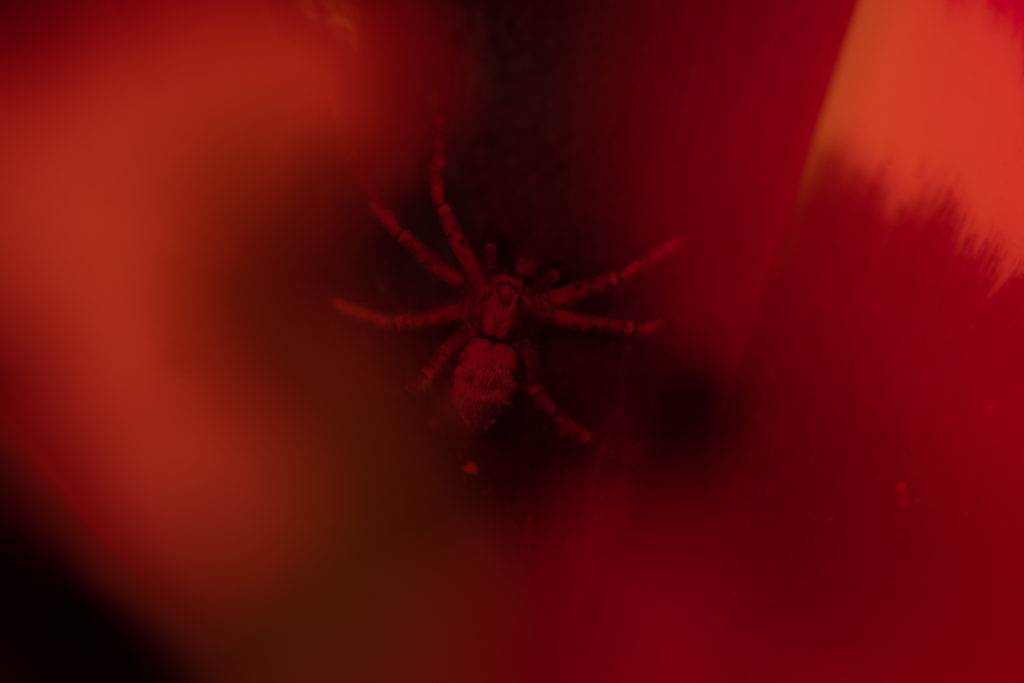
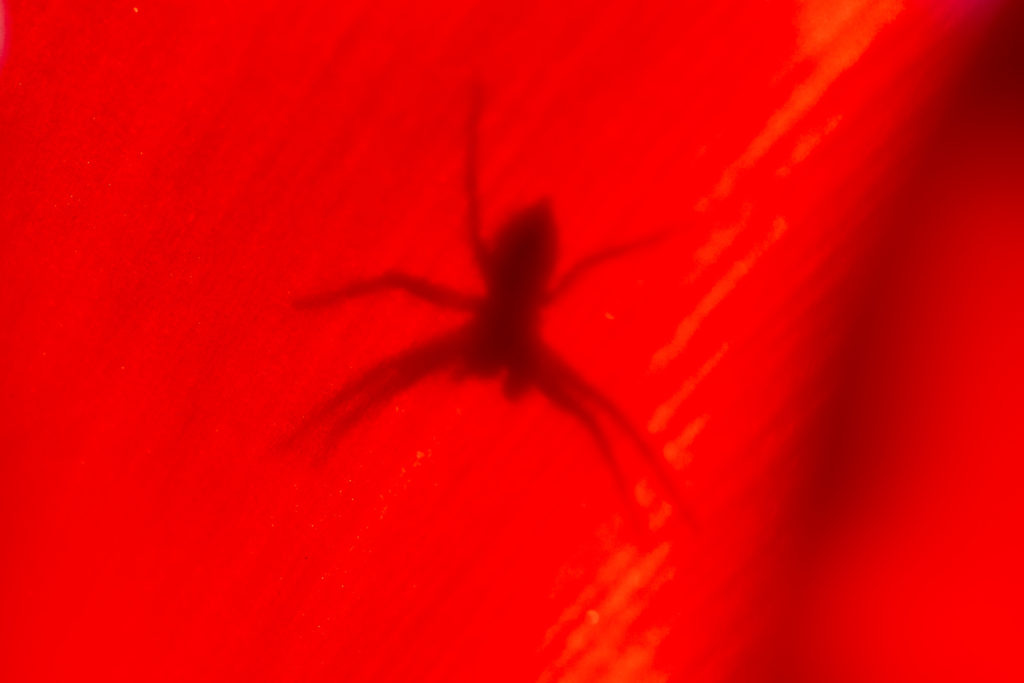
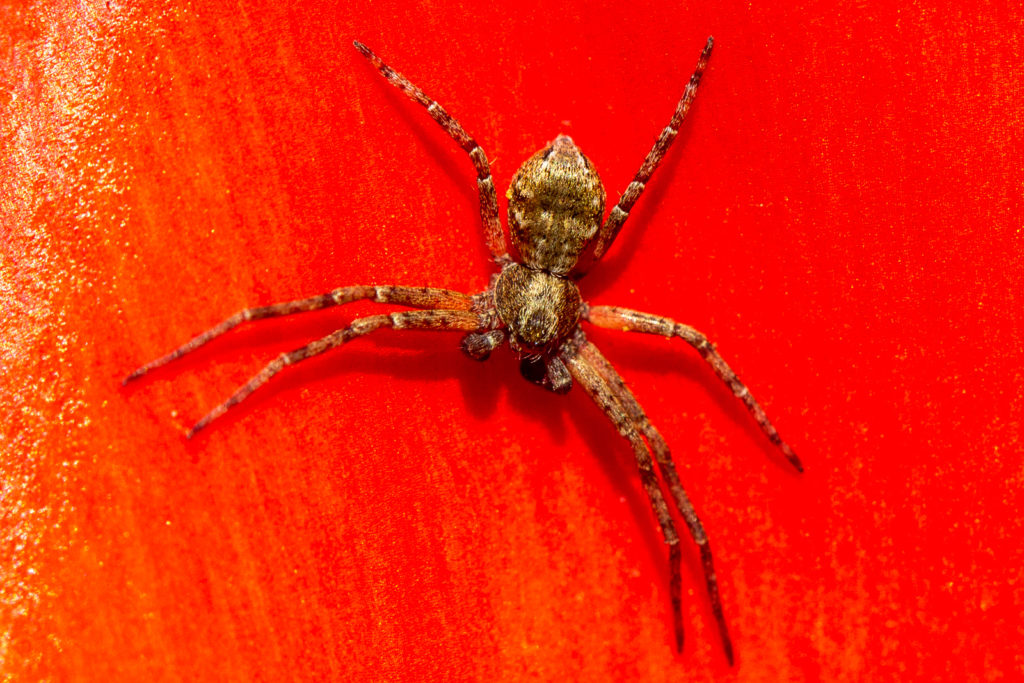
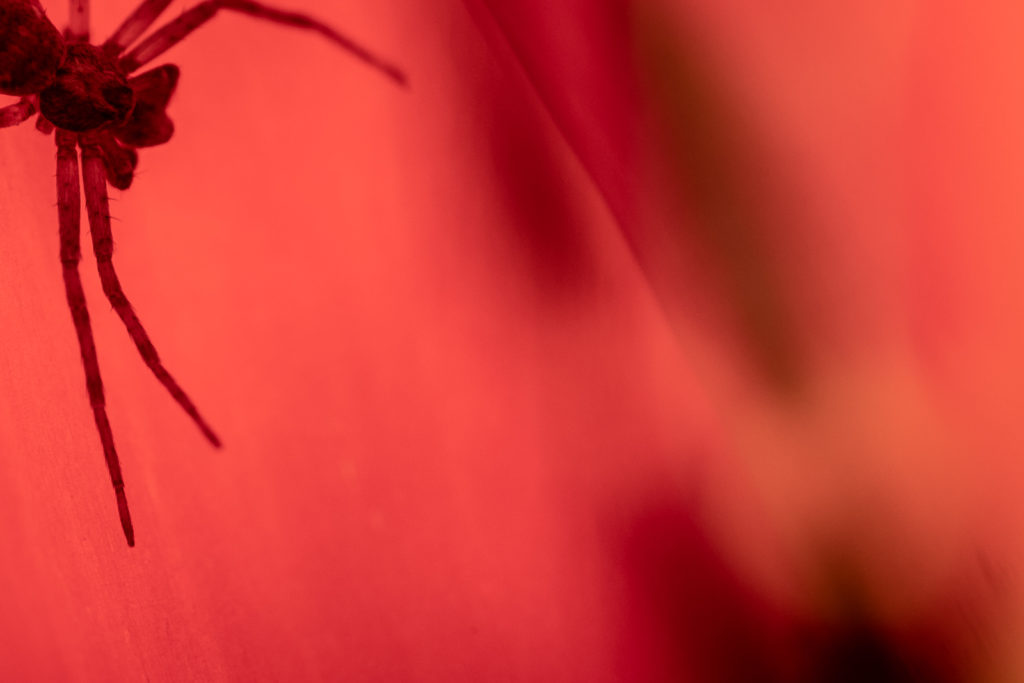
Leave a Reply